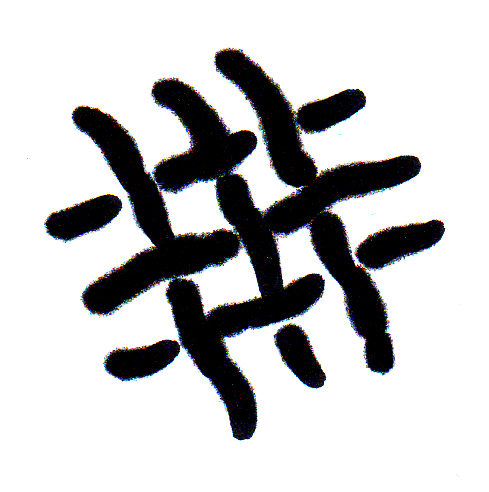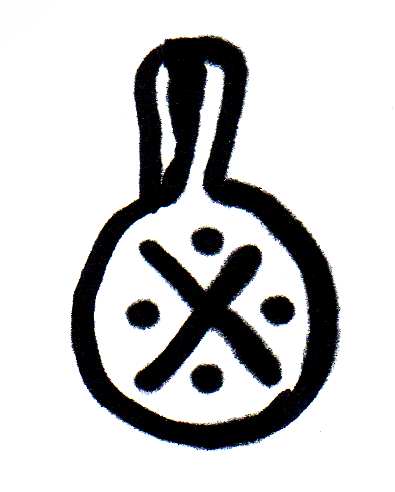Details on the Digital Atlas of European Textile Heritage
The EuroWeb Digital Atlas is one of the main deliverables of the EuroWeb COST Action and it was developed between 2020-2023, being designed to accommodate a wide range of textile resources spanning from prehistory up to the 20 th century AD. As textile evidence preserved through millennia show a great diversity, four main sections were added into the Atlas in order to organise the information and to offer a clearer image over the textile cultures that distinguished different European regions across history, as long as textile evidence maintained over millennia shows a tremendous variation:
TEXTILE SECTION includes many archaeological finds that might be either fibers, basic textile elements like threads or yarns, textile fragments of an unidentified function due to their fragile state of preservation, or cloths, garments and accessories. The so-called utilitarian textiles, which include a variety of home textiles and other products used in trade, transportation, and combat (such as ropes, sails, and tents), also belong to this section. The medieval magnificent clerical robes and royal cloths, which were not necessarily discovered during archaeological excavations but are preserved in antique collections all over Europe, are also included here. However, this group contains more than just the most expensive items; there are also common fabrics and clothing items. Additionally, it is made to fit a wide diversity of ethnographic goods, such as textiles manufactured from hand-spun yarn and woven on traditional looms with handcrafted embroidery and other traditional embellishments.


TEXTILE TOOLS SECTION: The second category of objects in the EuroWeb Digital Atlas includes implements that have been used for centuries or even millennia by craftspeople to process textile fibers and create fabrics. All the stages of cloth production were included in this section based on our current understanding of the development of textile technologies from prehistory onward: the preparation of raw fibers using combs and carding and teasel tools are displayed through specific objects; the transformation of fibers into thread through spinning is documented by spindle whorls, spindles, spinning wheels, distaffs, but also spinning bowls or epinetra (an ancient Greek knee protector for spinning). Numerous loom weights, as well looms or loom components, sword beaters, and shuttles, abundantly provide documentation for weaving – one of the key processes in the manufacture of textiles. The Atlas also contains bone and metal pins, which are evidence of sewing. Nevertheless, is also includes equipment that reveal other various textile arts-related activities: scissors, knitting and crocheting needles, and other comparable items can all be found in this collection.
TEXTILE WORKSHOPS SECTION: This section consists of a collection of prehistoric, ancient, or medieval buildings used for domestic or centralized textile manufacture. These production places are attested either through archaeological excavations (especially in the case of prehistoric and ancient workshops), some others are mentioned in historical documents or still exists today (the vast majority of the last two categories being rather medieval and modern workshops). For each of them, the precise or approximate location is indicated and a description explaining what type of textile activities were carried out is given. This part of the Atlas is a significant addition that provides glimpses into the activity of highly skilled artisans, narrating about traditions specific in some European regions in various historical periods and bringing insights about the natural potential of some areas that determined the development of specialized textile industries (see for example the purple dye activities that took place in many workshops flourishing in Antiquity around the gulf of Corinth, Greece, documented into the EuroWeb Atlas both through archaeological data and ancient literary instances).


CLOTH SEALS SECTION is the last group of items stored into the Atlas, containing medieval seals that were attached to textiles as an essential part of medieval trade and taxation system. These objects are described and mapped according to a specific scheme that includes a description, the indication of the material (e.g. lead), the shape and the symbol that appear on the seal. With only one click on the map, it is possible to see both the provenance center and the locations where these objects were found. The EuroWeb Digital Atlas of European Textile Heritage therefore features a wide range of sources that illustrate the richness of our shared European textile heritage, about the origins and developments of textile crafts, about the artisans who processed the fibers, bringing innovations and practicing sophisticated techniques that allowed them to weave elaborate fabrics.